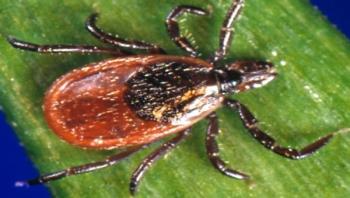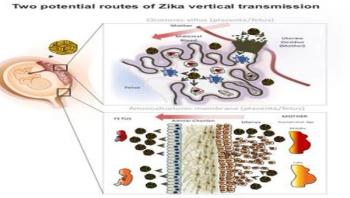In a 2006 lecture, "Emerging and Re-emerging Infectious Diseases: The Perpetual Challenge,' Anthony S. Fauci, MD, director of the National Institute of Allergy and Infectious Diseases (NIAID), alluded to a statement made by physician and anthropologist T. Aidan Cockburn in 1963 in a book titled The Evolution and Eradication of Infectious Diseases. Cockburn declared, "We can look forward with confidence to a considerable degree of freedom from infectious diseases at a time not too far in the future. Indeed, it seems reasonable to anticipate that within some measurable time … all the major infections will have disappeared."
In the midst of the Zika outbreak and having recently experienced the Ebola pandemic and less recently the MERS, H1N1 influenza and SARS outbreaks, and seeing infectious diseases such as poliovirus re-emerge, Cockburn's declaration from the 1960s seems quaint and overly optimistic in 2016 when the world has witnessed devastating epidemics, and here in the U.S., foreign pathogens such as dengue and monkey-pox have reached our shore. The medical community must also be prepared for an outbreak triggered by a domestic pathogen as well as those of more exotic origin.










